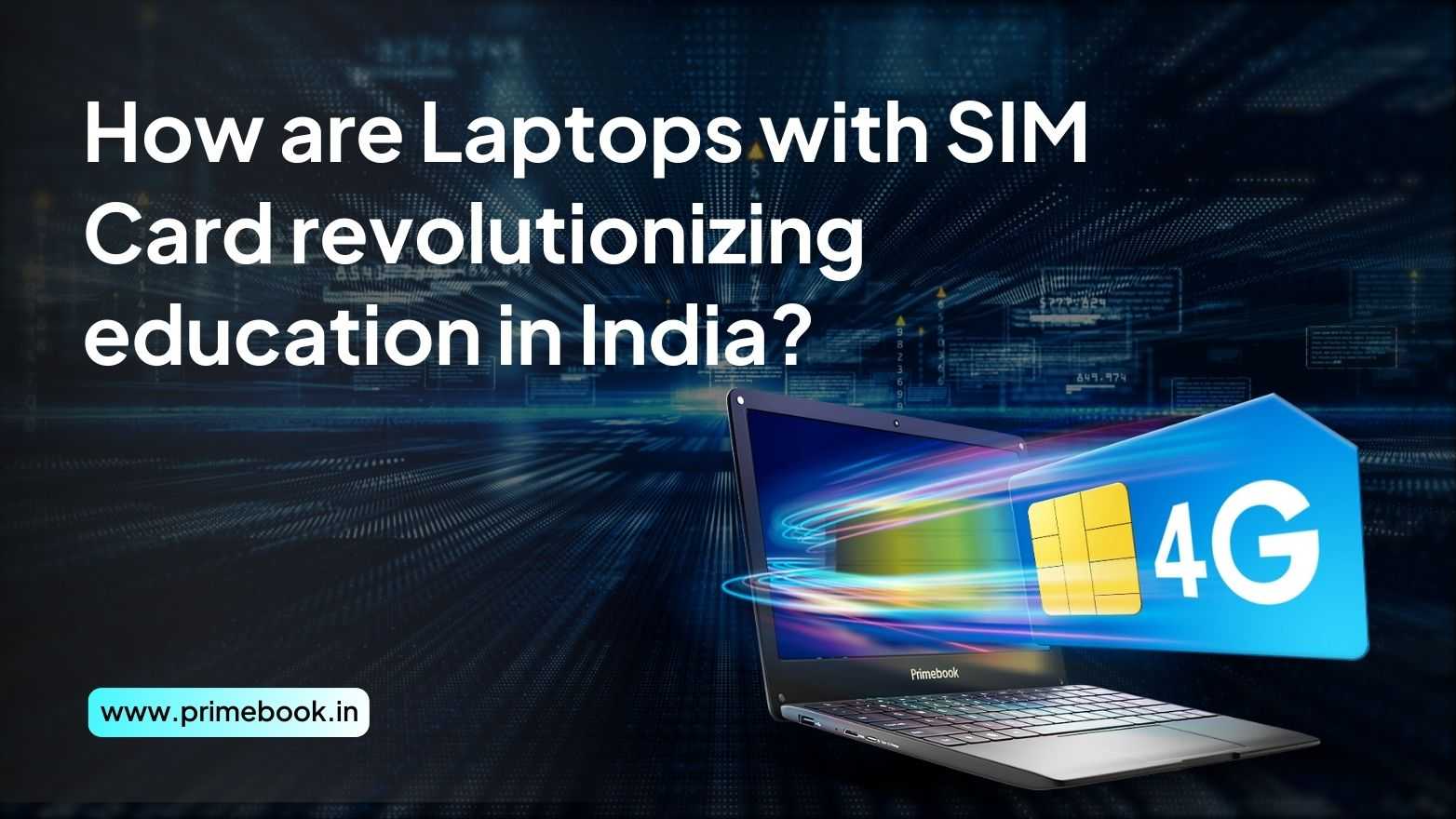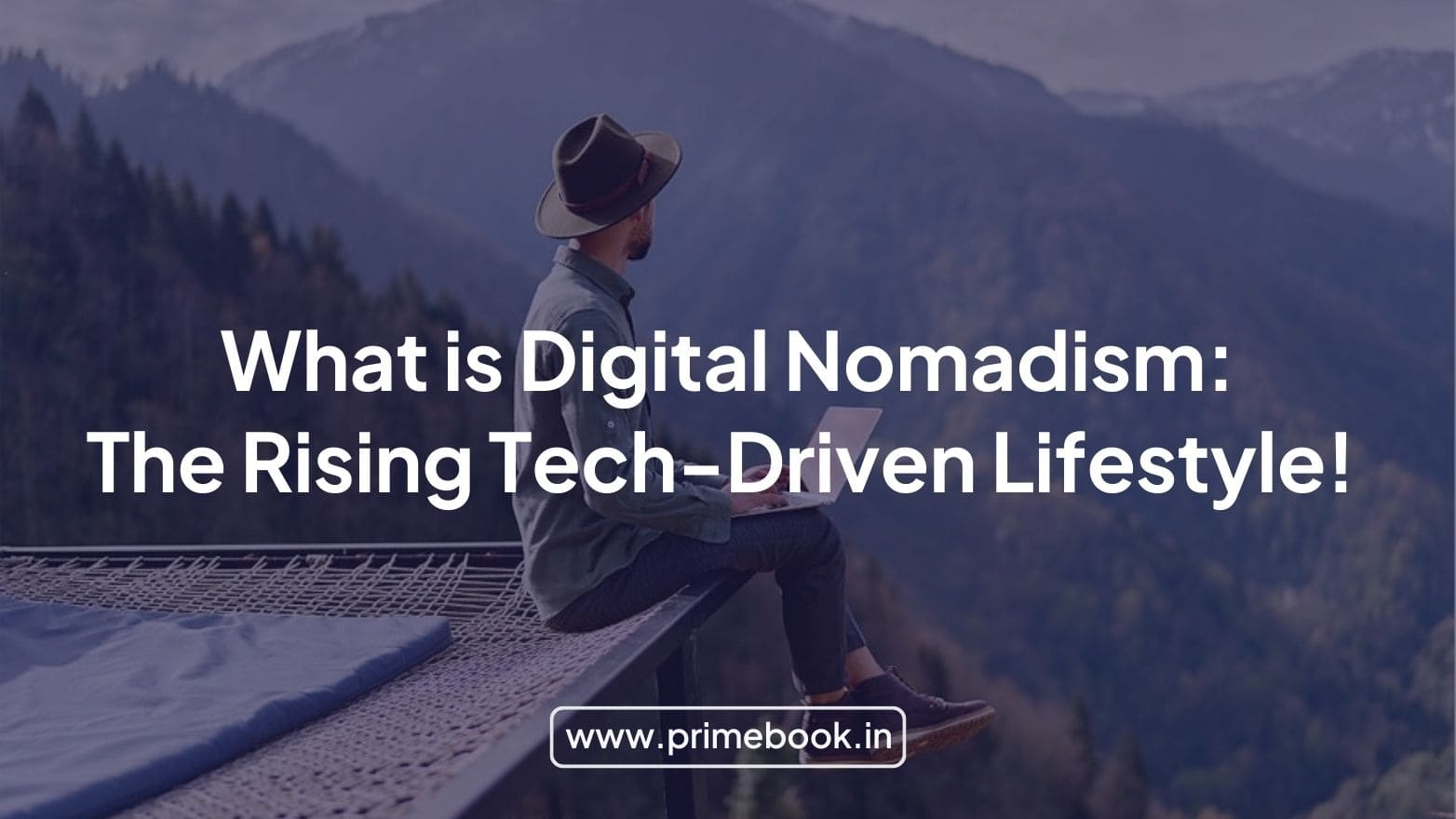Blogs / Trendy Tech Talks / Disruptive Technology in Education: A Comprehensive Guide!
Blogs / Trendy Tech Talks / Disruptive Technology in Education: A Comprehensive Guide!

Ananya Dasgupta
12 Aug 2024
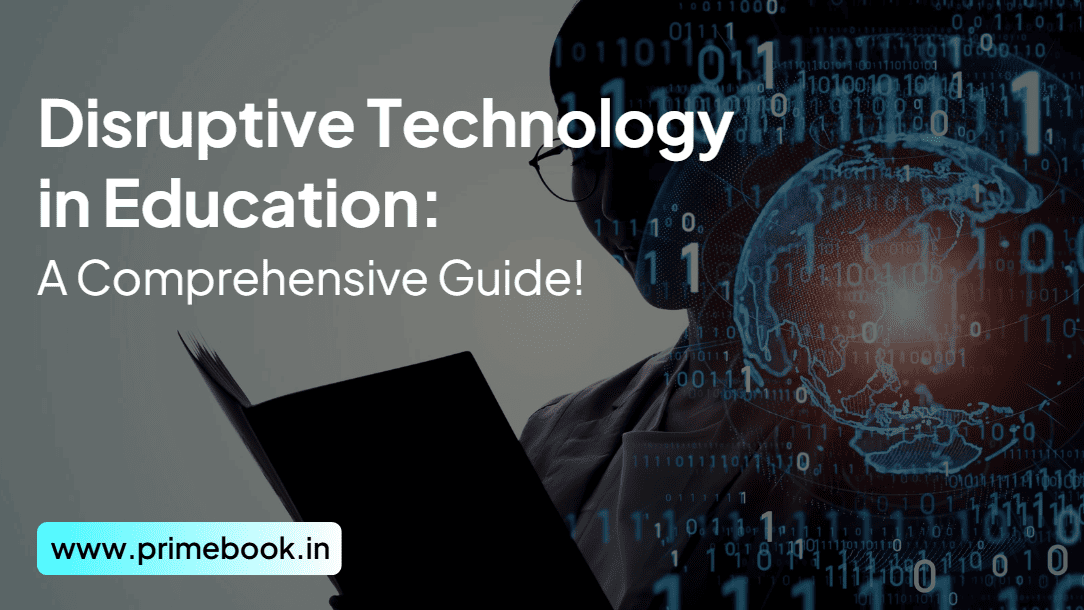
Disruptive Technology in Education: A Comprehensive Guide!
Our world is evolving at lightning speed which requires people to be more curious, flexible, adaptable, and proactive. Such a way of living in this world can only come with a comprehensive, innovative, and practical approach to education right from childhood. This is where disruptive technology comes into action, enabling the education system to adapt to the changing needs of the world and impart knowledge to students much more effectively. This blog would act as a comprehensive guide to gaining more insights into the course of disruptive technology in education.
What is Disruptive Technology in Education?
Disruptive technology in education is typically a fresh and innovative approach to learning that breaks free from conventional educational methodologies intending to create more effective ways of education impartment.
This vivid forward-thinking paradigm shift in the education system in 2024 embarks upon a digital learning voyage, leaving behind the traditional teacher-centric educational approach, shattering geographical boundaries, and subsequently fostering a collaborative, interconnected, and productive learning ecosystem.
Examples of Disruptive Technology in Education
1. E-Learning Platforms
While online learning was getting popularized even before the advent of the social distancing concerns during the COVID-19 pandemic, disruptive technologies like the various e-learning platforms and apps witnessed a major boom during and post the pandemic period. This new and unique learning/teaching approach, backed by technology, came with several benefits that an in-class lecture cannot provide.
E-learning platforms enabled the incorporation of multimedia presentations and game-based lessons within a classroom. They recognized and allowed students to learn at their own pace and style and rely on practical application more than memorizing theories. Likewise, they empowered educators to derive instant, detailed reports of a student’s performance and intervene faster if and when a student struggles to grasp a particular lesson.
2. Chat-based Collaboration Tools
Since online education curtails the opportunity of face-to-face peer interaction, chat-based collaboration tools came up as a significant alternative in the digital realm. This approach to education helped students to connect and collaborate with their classmates even from a distance and further interact with peers from across the globe, strengthening their academic networking for future reference.
Today, educational institutions are eventually realizing the merits of online cooperation among students for higher education, and encouraging such a practice through the integration of chat-based collaboration tools for homework assignments and various in-class activities.
3. Virtual and Augmented Reality
Virtual reality (VR) and augmented reality (AR) are salient disruptive technology examples that have just started making their way into the education domain. With immersive experiences, these disruptive technologies allow students to engage in virtual field trips to different places in the world and moments in history.
VR and AR also enable educators to provide 3D lectures to their students, fostering engagement and attention to detail in the classroom. With the onset of virtual labs, scientific experiments get safer and more cost-effective. As a whole, online education gets more cohesive and productive.
4. Artificial Intelligence
Another key disruptive technology in the field of education is artificial intelligence (AI). AI-guided learning is being adopted by various educational institutions across the globe and the main reason behind it is the ability to create a personalized learning pathway for each student, having their own learning needs and styles.
AI enables educators to leverage data-driven instructions to tailor educational content to students and track their progress in real time. With AI in the classroom, students won’t have to unnecessarily spend time on concepts that they understand quickly. They can instead focus on topics and subjects they need to improve upon!
Benefits of Disruptive Technology in Education
Disruptive technology has multiple benefits in the enhancement of the education system. Here are some of the most significant ones!
1. Disruptive technology paves for new avenues of education accessibility, eliminating barriers such as finance, location, time, and limited resources.
2. Disruptive technology in education empowers students from diverse socio-economic and cultural backgrounds to access quality learning materials and be a part of collaborative learning experiences.
3. By tailoring educational pathways to individual student’s needs, disruptive technology in education promotes flexible learning, enhancing students’ satisfaction and academic achievements.
4. By offering a deeper understanding of concepts and topics, disruptive technology in education also boosts a student’s critical thinking and problem-solving skills.
5. Further, by providing digital literacy and competency, it prepares students and youth for the demands of the digital age and increases their prospects for future jobs.
Challenges of Disruptive Technology in Education
Despite the prominent benefits, disruptive technology in education does come with certain challenges, and they are as follows.
1. With the vehement use of technology, screen time increases, and down goes face-to-face interactions.
2. The gap in access to technology in recent times is another major challenge herein.
Inadequate teachers' training to stay updated with the latest technology trends in the rapidly evolving world is also a challenge in the effective implementation of disruptive technology in education.
In a nutshell, disruptive technology in education sets the stage for a multidisciplinary approach to learning and bestows students with the capability to acquire modern-day skills and abilities, staying closer to the technology-based job market. This digital innovation in education helps students to unleash their complete academic potential regardless of geographical location and socio-economic background.
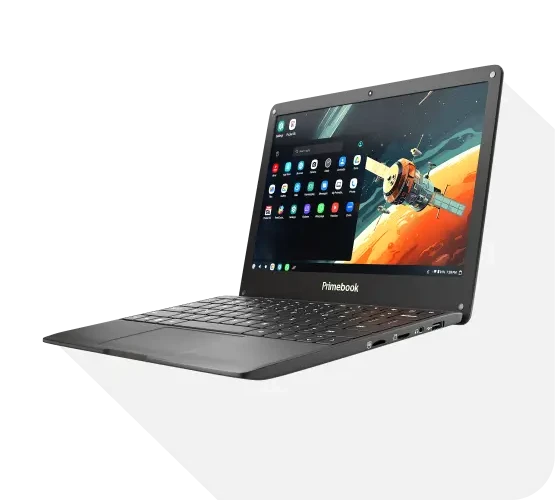
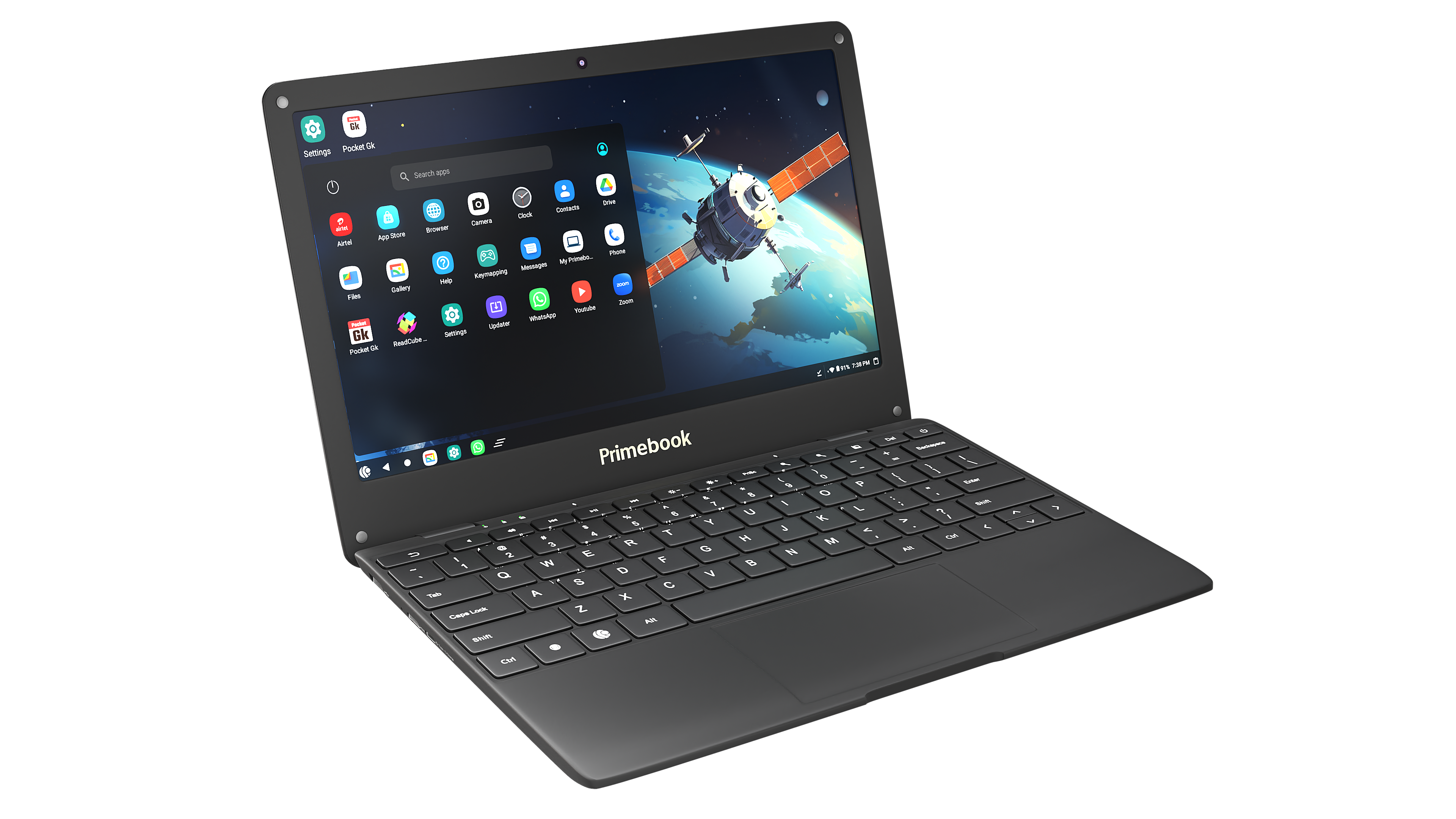
 Related Blog
Related Blog


